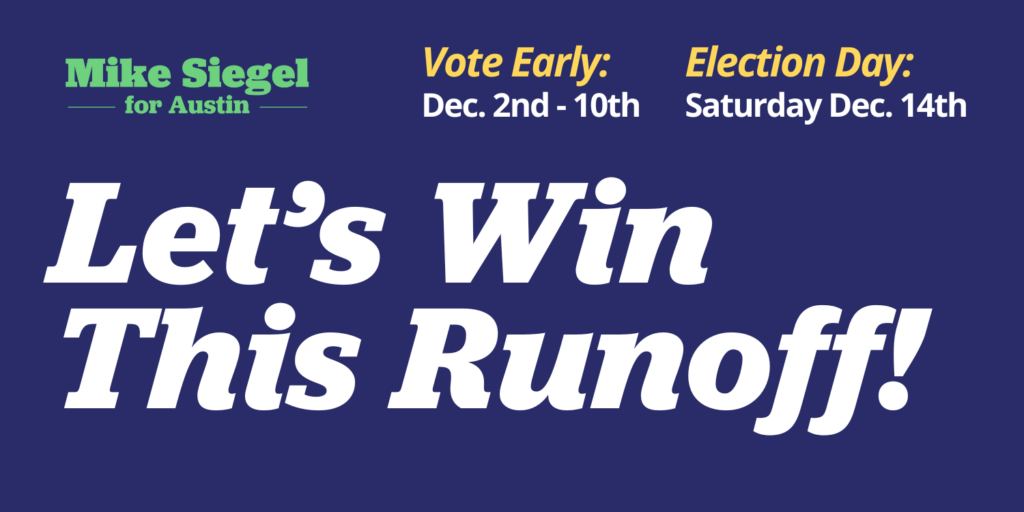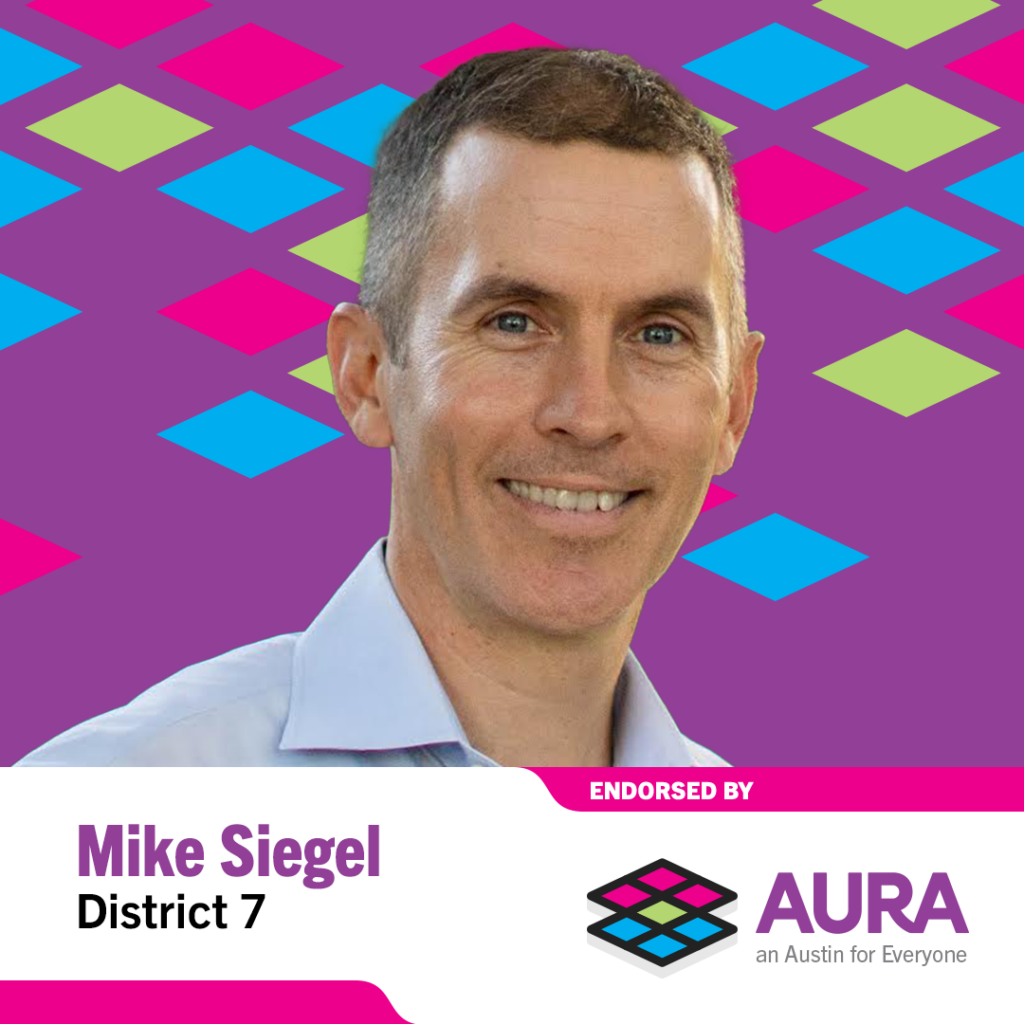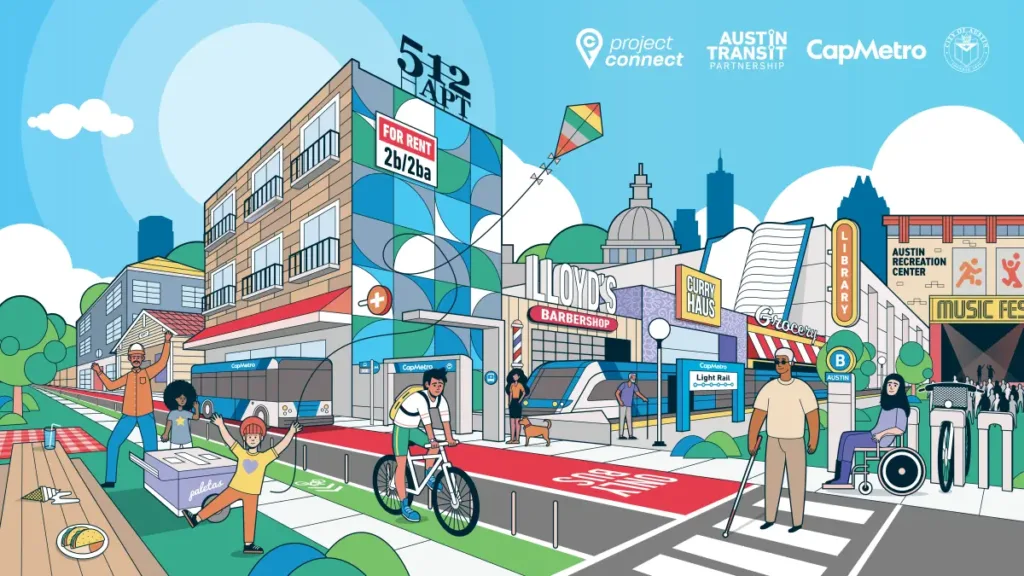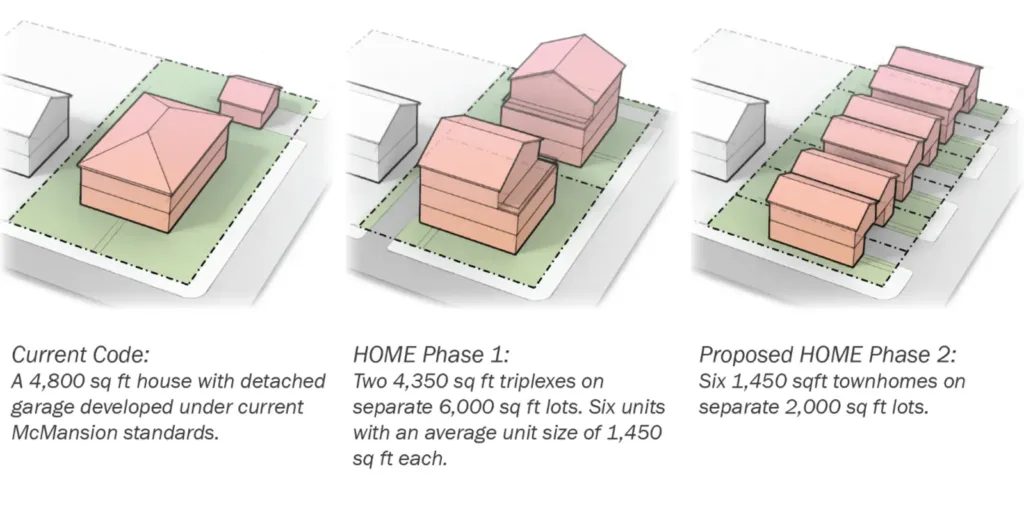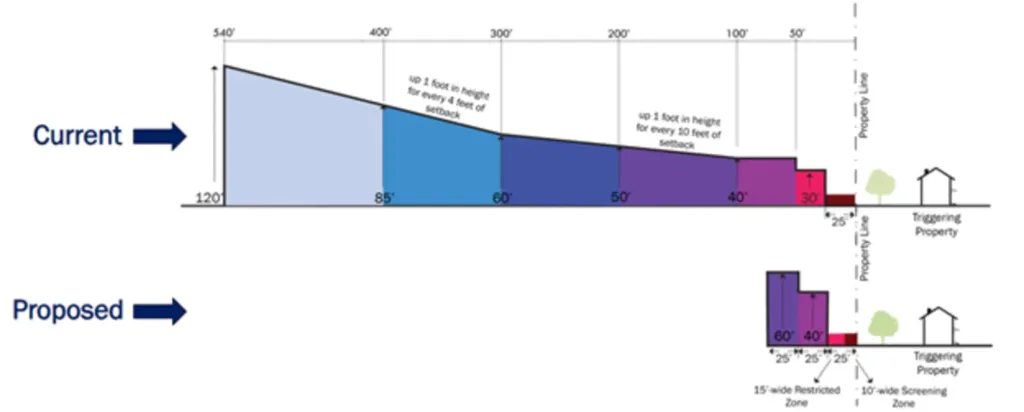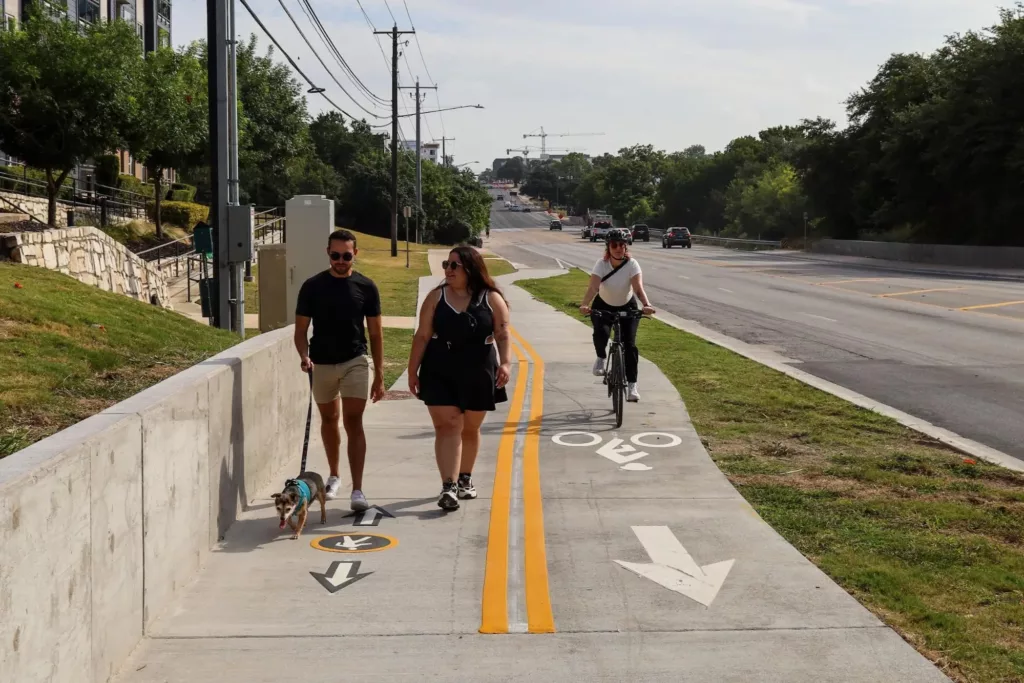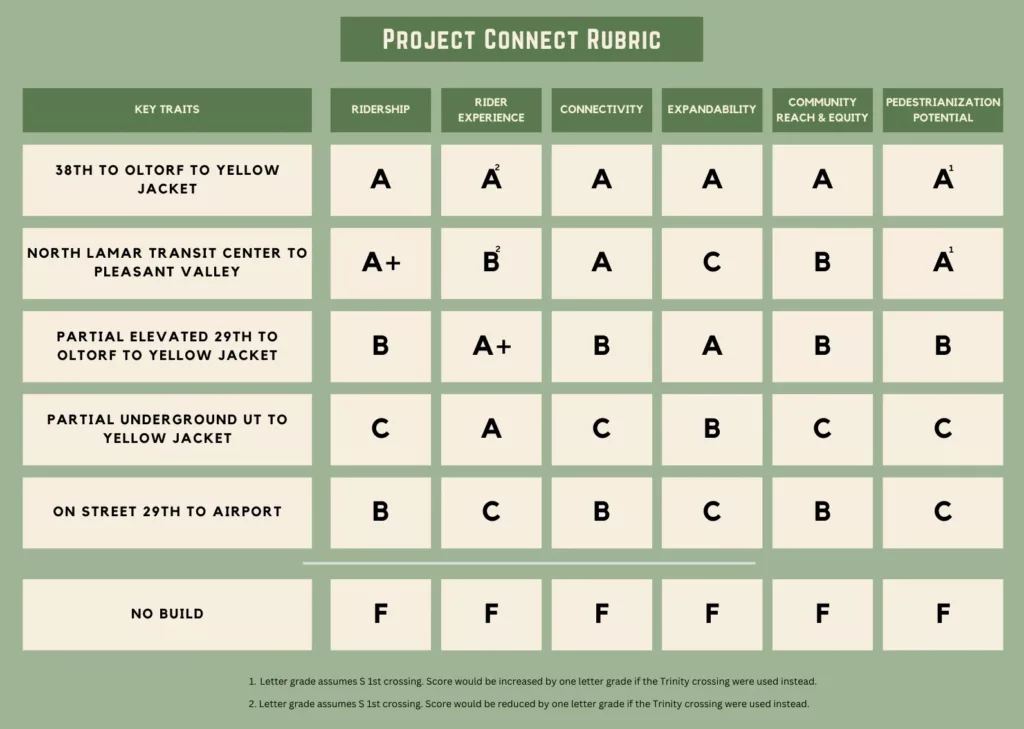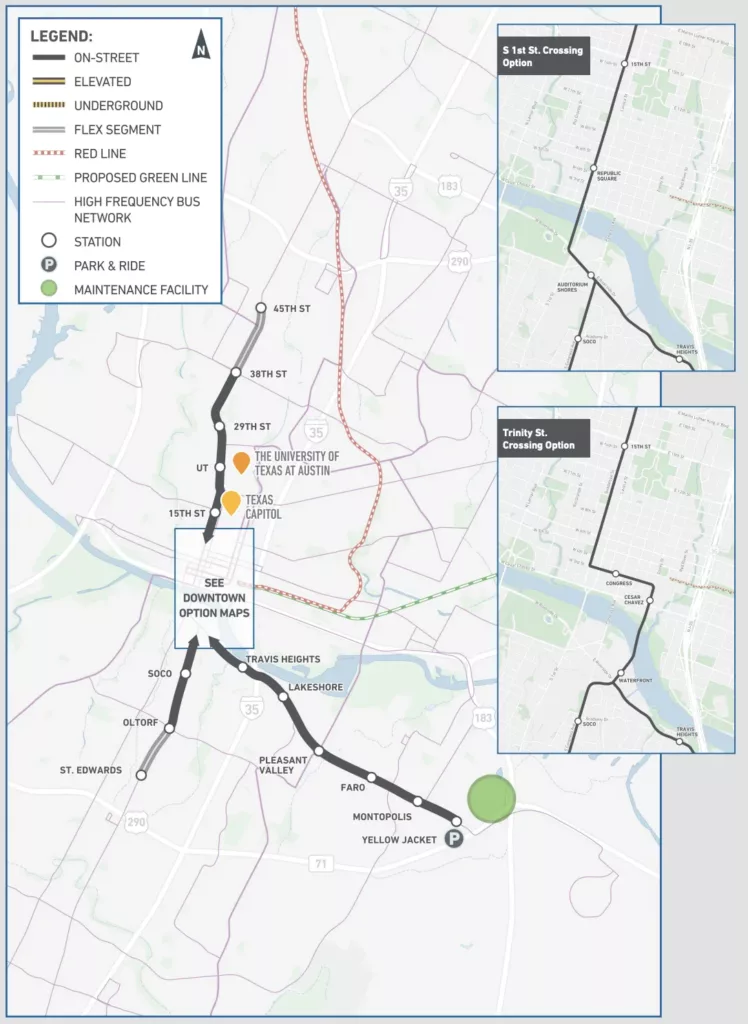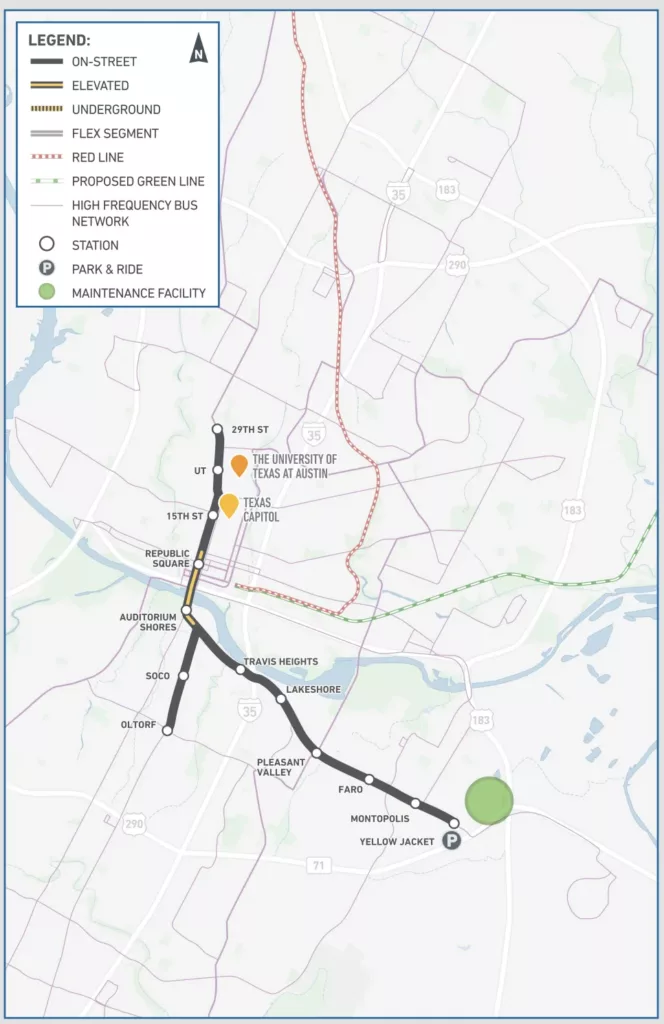Click here to expand answers
To allow for the building of more attainable homes, Austin’s HOME initiative legalized three homes per single-family lot and reduced the minimum lot size needed for one home. Would you have voted for HOME as passed? What new reforms would you champion during your term to build upon HOME and to further expand the types of homes available to Austinites?
First and foremost, I have never (ever) voiced opposition to HOME. I’ve always made clear that I support this land use reform in theory, but it’s a whole another story in practice. I’ve been a cautious supporter of HOME because, as a certified urban planner, I know that upzoning land can contribute to displacement pressures, which must be mitigated to ensure equity.
If I was truly against HOME, I would be unabashed in taking that stance. Let me reiterate a portion of my public testimony I shared at the joint Planning Commission and Council meeting on October 26, 2024 – “I superficially support this initiative not because I think it will solve the affordable housing crisis our city is experiencing, but because I believe it could be a step in the right direction IF it is coupled with effective local policy – and I firmly believe we as Austinites are fully capable of crafting and enacting effective local policy.”
Fast forward to post-passage of HOME today and it’s clear to me that the City Council missed an opportunity to work with the community to relieve legitimate concerns about gentrification, which is most likely why there is not unanimous community support for HOME.
Nonetheless, I would have been inclined to vote for the final version of the HOME Initiative as passed, but with some important caveats. While the initiative’s intent to increase housing supply by allowing three homes per single-family lot and reducing the minimum lot size is a step in the right direction, my support hinges on the inclusion of robust anti-displacement measures. I believe these measures are crucial to ensure that the initiative does not inadvertently harm the very communities it aims to help, particularly low-income residents and historically marginalized neighborhoods.
If elected, I will champion the reforms below:
- Strengthening anti-displacement measures – I will push for the city-wide implementation of anti-displacement policies to accompany the increased density allowed by HOME. The latter includes one-for-one replacement requirements for affordable housing units, tenant protections and right-to-return policies for displaced residents. The city needs to ensure that as more homes are built, the Austinites who are most at risk of being pushed out are proactively being protected.
- Expanding deeply affordable housing requirements – I will advocate for stronger requirements for deeply affordable housing in new developments. The latter means ensuring that a significant portion of the new homes built in Austin are accessible to households earning at or below 50% of the median family income. I believe it’s crucial for deeply affordable housing to remain affordable through long-term mechanisms like deed restrictions.
- Promoting non-market housing – I will champion the continued expansion of the city’s community land trust and support cooperative housing models to further diversify the types of homes available. I believe both approaches can provide long-term affordable housing options and give residents a stake in their communities while helping to prevent speculative price increases and displacement.
- Enhancing zoning flexibility with inclusionary zoning – I will work to implement inclusionary zoning policies that require new developments to include a mix of housing types and affordability levels. I believe this would help ensure that the benefits of increased density are shared across income levels and that new developments contribute to the creation of inclusive, mixed-income neighborhoods.
- Prioritizing equity and community engagement – I will push for ongoing community engagement to ensure that the voices of those most affected by these reforms are heard and integrated into the planning process. The latter includes establishing an Office of Community Engagement and implementing an Equity/Anti-Displacement Overlay to protect neighborhoods most at risk of displacement and ensure that any new zoning changes are designed to promote equitable and inclusive development.
Austin City Council recently passed the first phase of equitable transit-oriented development (ETOD) to allow for more homes and a walkable, transit-supportive environment near our planned light rail line. The future of high-quality rail and bus transit in Austin depends on successful ETOD. What is your vision for further ETOD initiatives, and how would you ensure our current efforts produce abundant housing near transit?
Equity is at the heart of my approach as an urban planning professional. I will always work to ensure that underserved communities are prioritized in transportation planning and that their voices are central to the decision-making process. The latter is evident in my service on the Community Review Panel that helps guide the dispersal of millions of dollars of Community Initiated Solutions funding related to Project Connect’s Anti-Displacement initiative. As a former low-income and first generation college student, securing affordable housing was always on my mind, especially after I experienced indirect displacement while living in West Campus. Since 2018, I’ve relied on local policy (S.M.A.R.T. Housing) to remain in Austin.
I believe the future of high-quality rail and bus transit in Austin depends on how effectively the city implements equitable transit-oriented development (eTOD). My vision for eTODs is to create inclusive and walkable neighborhoods where affordable housing is abundant near the planned light rail lines. The latter means increasing density but also ensuring that the benefits of transit-oriented growth reach all Austinites, especially those most reliant on public transportation.
It’s unfortunate that the city’s own data (page 10 of the City of Austin’s March 2023 post-mortem) on the Plaza Saltillo and MLK Station TODs paints a concerning picture of the impact these developments have had on historically BIPOC communities. The significant increase in white, high-income populations and the corresponding decrease in BIPOC presence highlight the displacement these communities face. This demographic shift not only exacerbates racial disparities but also undermines the very purpose of equitable transit-oriented developments (eTODs), which is meant to provide equitable and inclusive transit options for all residents.
Below is my approach to ensuring current efforts produce abundant (and affordable housing) near transit:
- Comprehensive anti-Displacement measures – I will advocate for the inclusion and implementation of comprehensive anti-displacement policies such as rent stabilization, property tax relief for long-term residents and right-to-return provisions for displaced residents.
- Increased deeply affordable/affordable housing requirements – I will support increasing the deeply affordable/affordable housing requirements for new developments within eTODs and will work to ensure that a significant portion of new units are deeply affordable and generally accessible to low-income families.
- Community Benefit Agreements – I believe eTOD development projects should include community benefit agreements that are negotiated with local residents and stakeholders. I think CBAs can ensure that developments provide tangible benefits to existing communities, such as affordable housing, community spaces and job opportunities.
- Ongoing monitoring and accountability – I believe that establishing mechanisms for ongoing monitoring and accountability of eTODs impacts is important. The latter can include regularly assessing demographic changes, displacement risks and the effectiveness of anti-displacement measures.
Austin has set goals to provide affordable alternatives to driving, reduce vehicle pollution, and create safer streets. To what extent do you support reducing car-dependency in Austin by using space currently dedicated to cars for new sidewalks, bike lanes, and bus lanes on arterial roads and neighborhood streets? Could you give examples of streets you’d like to see changed or pedestrianized?
I strongly support reducing car dependency in Austin by reallocating space currently dedicated to cars for new sidewalks, bike lanes and bus lanes. This shift is absolutely crucial for creating a more sustainable, accessible and safer city. I believe the city can make significant progress toward our goals of reducing vehicle pollution, enhancing street safety and providing affordable transportation options by prioritizing alternative modes of transportation.
A few key areas for transformation are Burnet Road, South Congress Avenue and South Lamar Boulevard – all are vibrant corridors that could greatly benefit from expanded bike lanes and improved pedestrian infrastructure. I believe doing so would not only enhance safety but also support local businesses by making it easier for people to access them without needing to drive. Also, I think it can help foster a vibrant street life that reflects the unique character of Austin.
Similarly, Guadalupe Street (specifically The Drag portion) near UT is ripe for redevelopment that prioritizes buses, cyclists and pedestrians. I believe this change would not only improve transit access for students and residents, but also encourage a shift away from single-occupancy vehicle use in one of Austin’s busiest corridors.
I think Rainey Street is an obvious example of a neighborhood street that could be pedestrianized. Considering its popularity as a nightlife destination, pedestrianizing Rainey Street would enhance safety, reduce traffic congestion and create a more enjoyable environment for residents and visitors alike.
Lastly, I would like to see more targeted improvements on East Riverside Drive, where dedicated bus lanes could significantly improve transit efficiency and reduce car reliance in a rapidly developing area. The city should prioritizes people over cars by reallocating road space in these and other key areas, which I believe will make Austin more livable, sustainable and inclusive for everyone.
One of Austin’s key infrastructure projects over the next few decades is the construction of a light rail line as part of Project Connect. Project Connect is intimately tied to our sustainability, environmental, transportation, and housing goals. However, Project Connect and its funding have been threatened at the state legislature and by legal action from AG Ken Paxton, Bill Aleshire, and others. Do you support moving forward with Project Connect as planned? What steps would you have the city take to safeguard and streamline the construction of light rail?
I strongly support moving forward with Project Connect as planned. I believe light rail is vital for Austin’s future as it will help address the city’s critical transportation, environmental and housing goals. The opposition from the state legislature and legal challenges from figures like AG Ken Paxton threaten not just the project, but the future of our city’s infrastructure.
Below are several key steps I think the the city/Austin Transit Partnership/CapMetro should take to safeguard and streamline Project Connect:
- Robust legal defense and advocacy – vigorously defend Project Connect in court and continue advocating for it publicly, perhaps at the state level as well. I think building strategic alliances can strengthen our position against state interference.
- Secure and diversify funding – explore alternative funding options, such as federal grants and public-private partnerships, to help ensure financial stability and reduce the risk posed by state-level opposition. I believe this approach can also shield the project from political volatility.
- Engage the community – strong public support is paramount, therefore all entities should ramp up community engagement efforts and ensure that Austinites understand the benefits of Project Connect, such as reduced traffic congestion and increased housing accessibility. I strongly believe transparent communication will help build a broad coalition in favor of the project.
Most residential land in Austin is zoned to disallow commercial uses. What changes would you champion to give Austinites places to shop, play, and work in their neighborhoods, within walking or biking distance of home?
As someone deeply invested in urban planning and community development, I understand the critical role that vibrant, mixed-use neighborhoods play in fostering a connected, sustainable city. My lived experience with zoning policies in Austin, my advocacy work with the local nonprofit Texas Housers and my academic background in urban studies/planning inform my approach to creating more livable communities.
I support designating specific corridors within neighborhoods as commercial hubs and transforming them into vibrant centers of activity. These hubs would be informed by the Imagine Austin Plan and ideally support local businesses, create jobs while offering Austinites more opportunities to shop, work and socialize close to their home. Some sections of South Lamar or Burnet Road, for example, could benefit from more mixed-use development to help make these areas more dynamic and accessible.
I will work to tirelessly to promote pedestrian-friendly neighborhoods across District 7 and the city more broadly. I believe the latter would not only improve accessibility but also strengthens the sense of community.
I will also work to streamline the permitting process for small businesses and make it easier for local entrepreneurs to establish themselves within neighborhoods. To further support this vision, I will work to local craft policies like Site Plan Lite, which seek to reduce bureaucratic barriers and encourage the growth of vibrant and resilient neighborhoods.
These changes are about more than convenience – they’re about creating a more connected, sustainable and community-focused Austin. I believe empowering Austinites to actively participate in the planning and decision-making process is crucial for creating equitable and sustainable city. That’s why campaign slogan is “Empower Progress | Fuel Austin’s Future”
